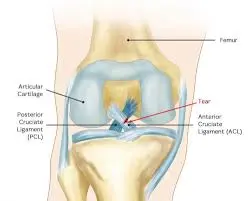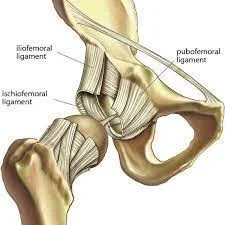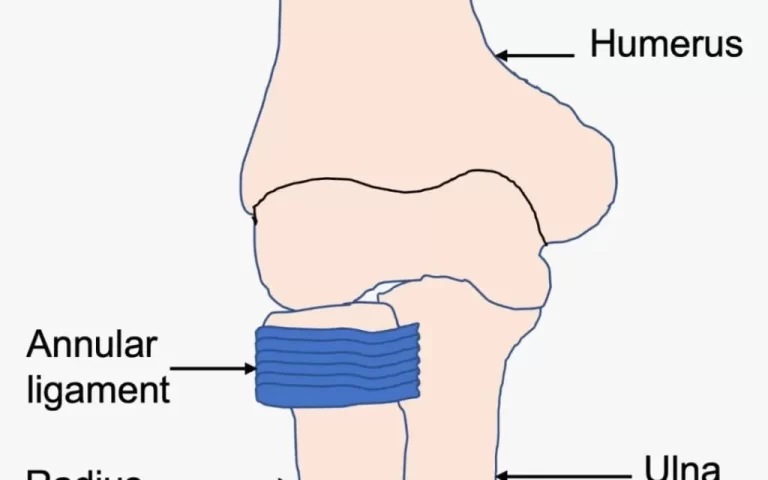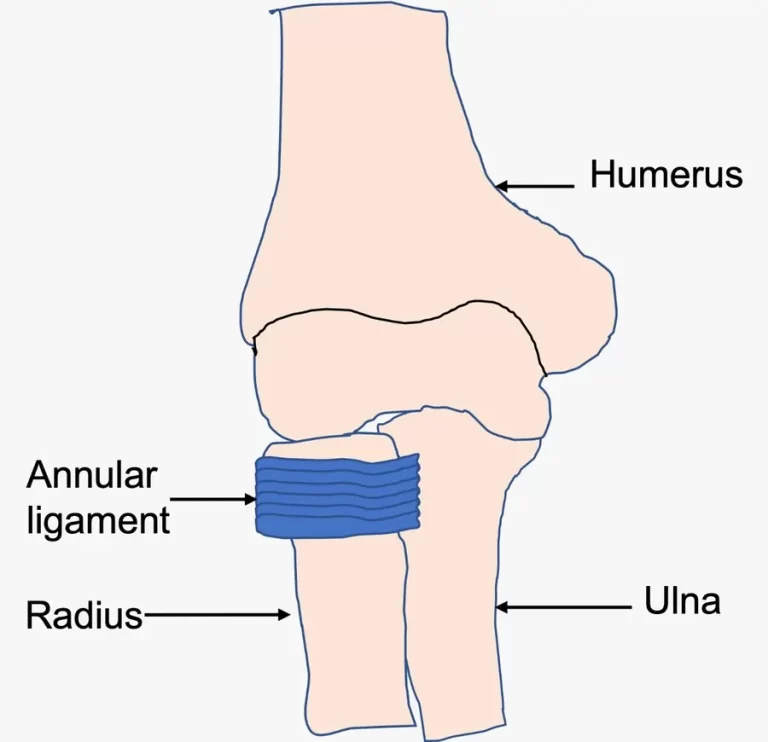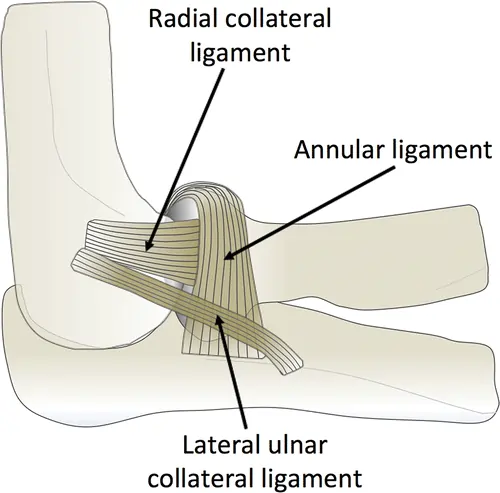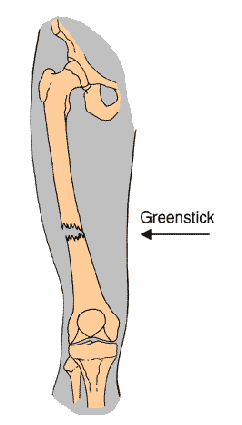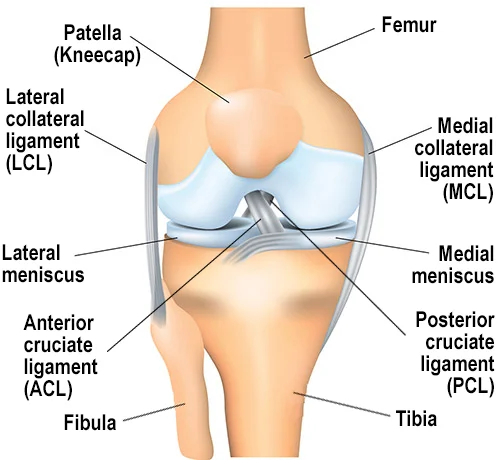Achillis Tendon Rupture
What is a Achillis Tendon Rupture? An Achilles tendon rupture is a complete or partial tear of the Achilles tendon, which connects the calf muscles to the heel bone. It often occurs during activities that involve sudden acceleration, jumping, or pivoting. The most frequent tendon rupture in the lower limb is the Achilles tendon. Adults…


